The Deschutes Land Trust is working to restore native plant communities in the Hindman Springs portion of Camp Polk Meadow Preserve. The first step to restoring native plants is soil solarization! Soil solarization is the process of using the sun's powerful energy to bake the soil under a layer of plastic to kill a pest or weed. In this case, the Land Trust is working to kill weeds and weed seeds that have been in the soil for 150 years!
Solarization, while labor intensive, is an effective way to kill weeds and suppress germination of weed seeds far longer than many herbicides. So, how does soil solarization work?
1. We till the soil and remove any dead plants (primarily last year's dried weeds).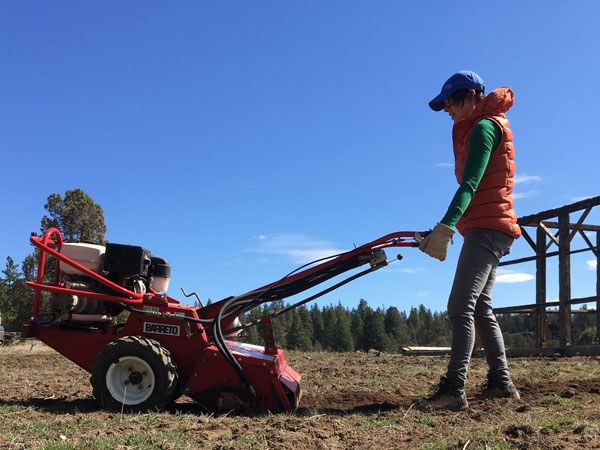
2. We level and smooth the soil surface. We want to make sure the plastic lays flat on the surface of the soil, removing any air pockets that might insulate the soil from the heat we are trying to create.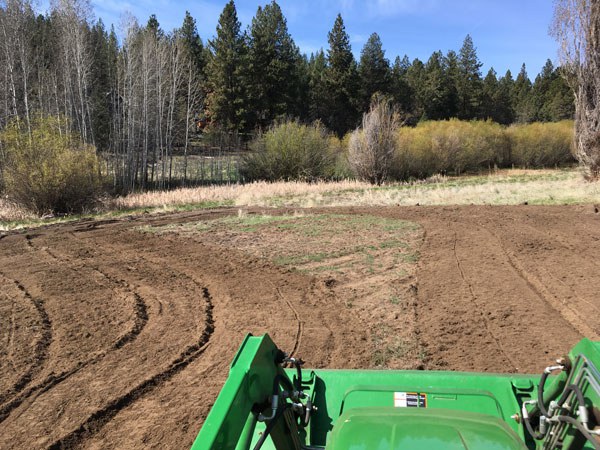
3. We wet the soil. Wetting the soil increases its heat conductivity.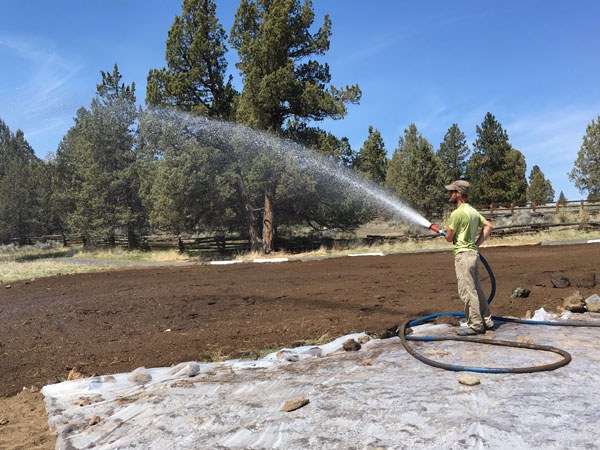
4. We spread clear plastic over the soil and secure the edges to trap heat and create a greenhouse effect.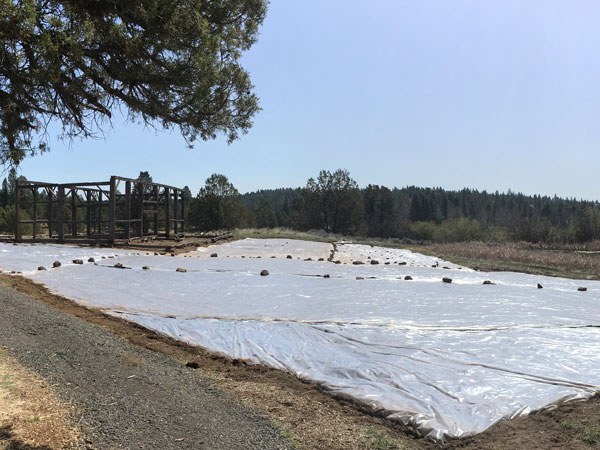
5. We bake! We leave the clear plastic on the ground all spring and summer before removing it in the fall.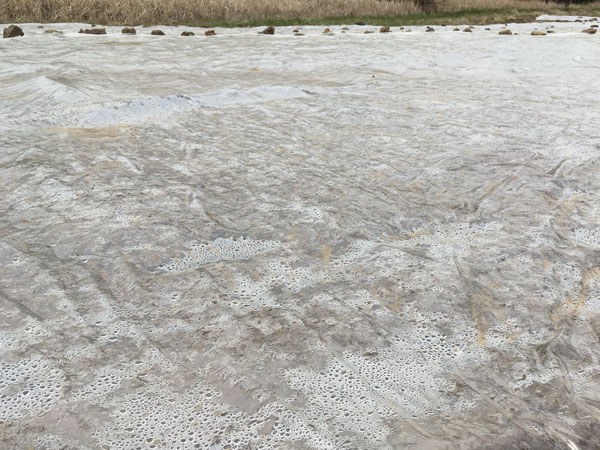
6. We plant! In the fall, we remove the plastic and plant native vegetation.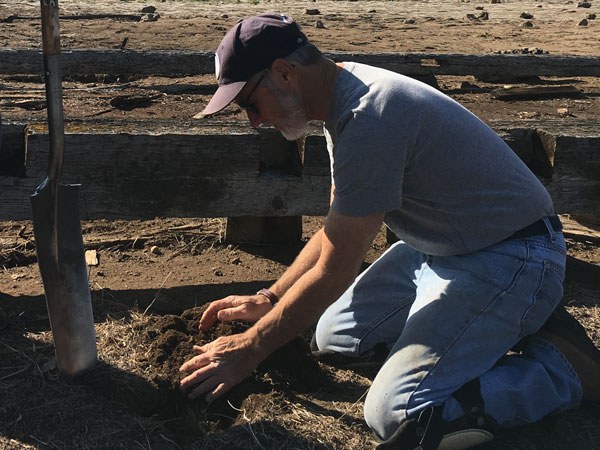
7. We tend and care for our plants. For the first few years, we will need to water our plants until their roots are established and pull any weeds that pop up. Both of these efforts will help ensure the native plants are successful and can out-compete the weeds.
We look forward to seeing how our soil solarization works over the years. Our hope is that we can make a dent in the massive weed bank that has been at Hindman Springs for so many decades. And, in the process, we can hopefully give the native plants that would have historically been in the area a chance to thrive.
Learn more:
- About the history of Camp Polk Meadow Preserve
- About the Santiam Wagon Road
- About Camp Polk Meadow Preserve
- Guided hikes at Camp Polk Meadow Preserve


